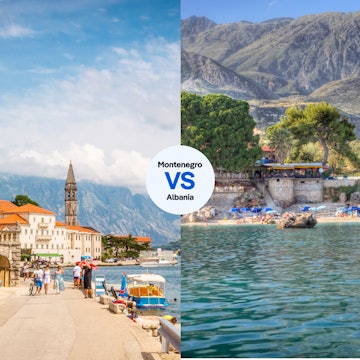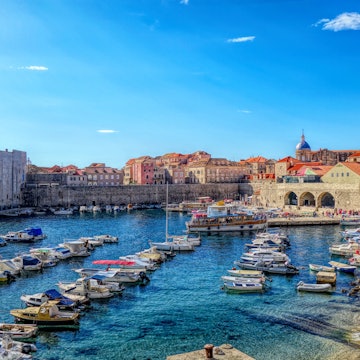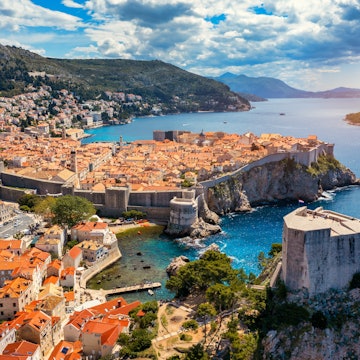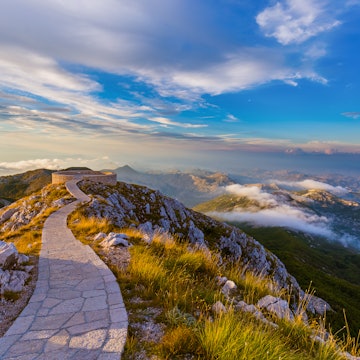

Banje Beach, just outside Dubrovnik's imposing city walls. Rory McDonald/Getty Images
Dubrovnik is one of those iconic destinations that attracts travelers of all ages and interests, and its compact walled old town gets busy easily even in the shoulder season. Thankfully, the old town is only a small part of Dubrovnik’s appeal, so there’s lots to see and do while waiting for the day-trippers to depart.
Choosing the best time to visit will depend on your attitude to the weather and big crowds. The summer months bring sunshine and high temperatures, cultural festivals and idyllic beach time, but also crowds. In winter it can seem like you have the city to yourself, which is a gift to those traveling on a budget. Plan your travels to Dubrovnik with this seasonal guide.
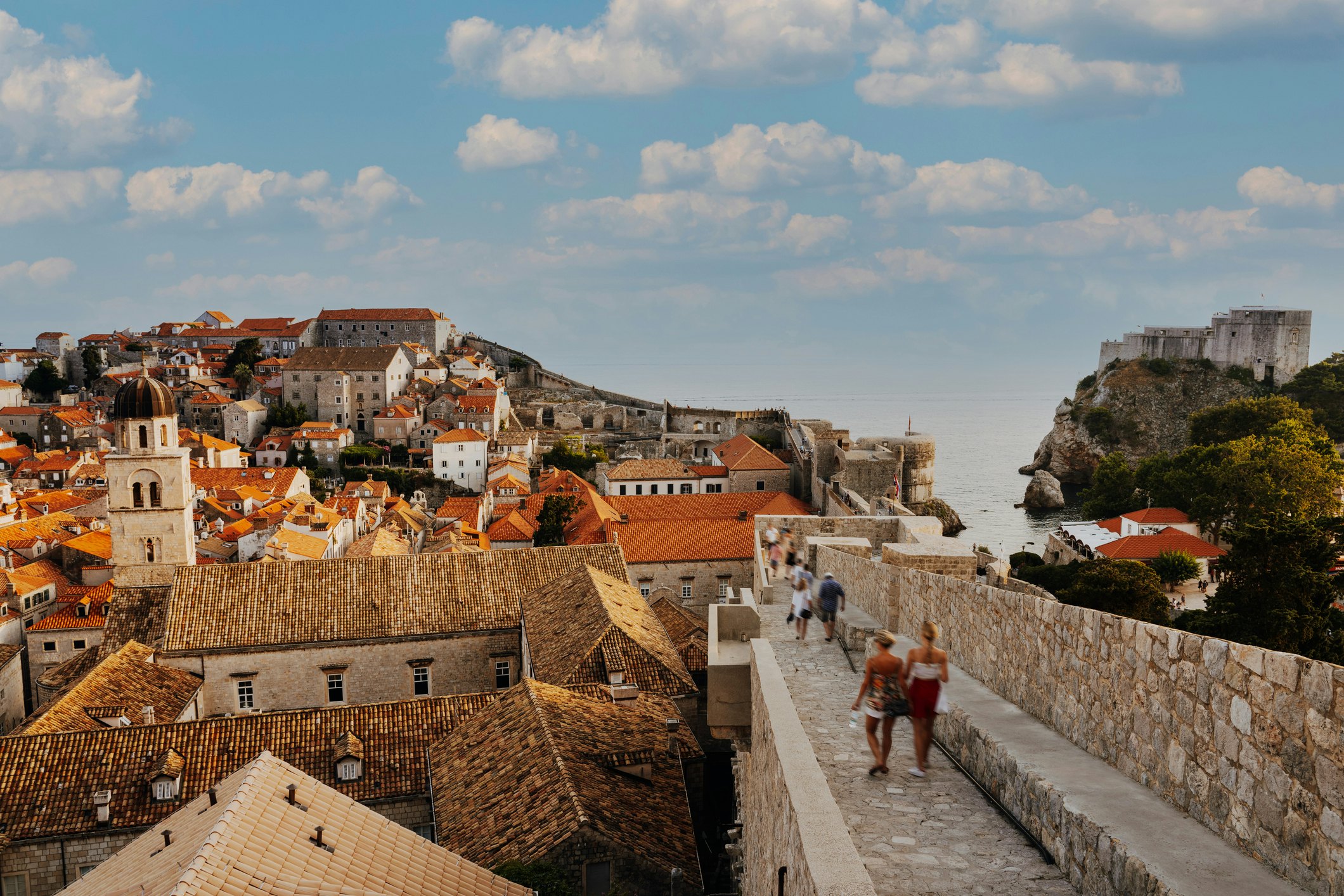
The summer months (June, July and August) are busy in Dubrovnik
In high summer, everything is at its peak: temperatures, crowds, and prices. Book your accommodation as early as possible, and be sure to make restaurant and tour reservations to avoid disappointment.
In summer, you should plan old town activities, like a stroll around the city walls, early in the morning or later in the day, to avoid rivers of day-trippers and scorching heat that can exceed 35°C (95°F). During the day, consider venturing out to the Elafiti islands, touring wineries on the Pelješac peninsula or in Konavle villages, or exploring laid-back riviera towns with great food and swimming, such as Mlini or Cavtat.
Summer also brings a constant stream of events and festivals. The Shakespeare-inspired Midsummer Scene takes over Fort Lawrence; the iconic Dubrovnik Summer Festival turns the city into an open-air stage from July 10 through August 25; and there are concerts at Summer at Park Orsula with the backdrop of the old city.

Shoulder seasons are sunny with fewer crowds
In April, May, September and October, temperatures of 25°C (77°F) or higher are common. While the sea can be cool in April and perhaps May, this is still a good time for a beach-focused holiday.
How busy a day gets depends on several things. Cruise ships are a big one, as they bring in many people at once, typically earlier in the day. Day-trippers, coming anywhere from the region, are another. That means that the old town can get over-the-top busy even at this time of year, but it's not as bad as in the high season.
April, if the weather is good, is when you get the best of the city. Easter is considered the official start of the season, so by mid-April most restaurants, bars and shops are open. May is also a great time to visit as you can enjoy the spring sunshine from pavement cafes, and it’s a good month for walking (try the Path of the Cross to Srđ hill, hilly Šipan, or wooded Mljet).
By mid-September, Dubrovnik slips gently into the shoulder season; at the start of the month, classical festivals are still in full swing, the weather can be baking, and the old town is full of eager visitors. But as September moves on, things become cooler and less feverish. It’s a fine time to visit, with plenty of sunshine but space to breathe at popular attractions.
In the meantime, October has become the new September. Even though the weather can go either way, you can typically still swim and enjoy the beaches at midday. Hiking and kayaking are even more appealing than in the high season, and accommodations come at more affordable prices than before. October also features some fun festivals, like the Good Food Festival, which highlights the local cuisine in a series of tours, workshops, lectures, and festival specials in local restaurants.

November to March is the best time for visitors on a budget
The increase in low-cost flights in winter, connecting Dubrovnik to destinations like Vienna or London, has made the city more accessible in the off-season period. During this time, many tourist places close in the old town, but quite a few locally loved bars and restaurants stay open right through the winter.
At this time, prices drop substantially, from accommodations to attractions that may come at almost half price, such as access to the city walls or the Dubrovnik Pass. The Tourism Board organizes free Saturday walking tours, as well as folklore performances in Luža square throughout the winter.
November can be lovely, with average temperatures reaching a high of around 15°C (59°F); the bravest can still enjoy a quick dip early in the month. December features the Dubrovnik Winter Festival, modelled after larger Advents across Europe. Expect wonderful decor across the city, markets scattered on streets and squares, and lots of Christmas-themed events and concerts. In Konavle villages, Mirisi Božića (the Scents of Christmas) events highlight traditional dishes and customs with open doors at many family-run rural estates.
Most visitors stay away for January, the city’s coldest month. Come February, the festivals begin again. The Feast of St Blaise on February 3 is a highlight. It's a tradition that has remained unchanged for over 1000 years and is recognized by UNESCO as Intangible Cultural Heritage of Humanity. Celebrating Dubrovnik’s patron St Blaise is followed by the Carnival, which packs in costume parades, wine, street food and kids’ activities.
During March, many events are organized in the countryside, from Primorje to Konavle villages, to celebrate the beginning of springtime. Still uncrowded, Dubrovnik at this time offers a wonderful chance to see the city in its more homey, authentic ambiance.








